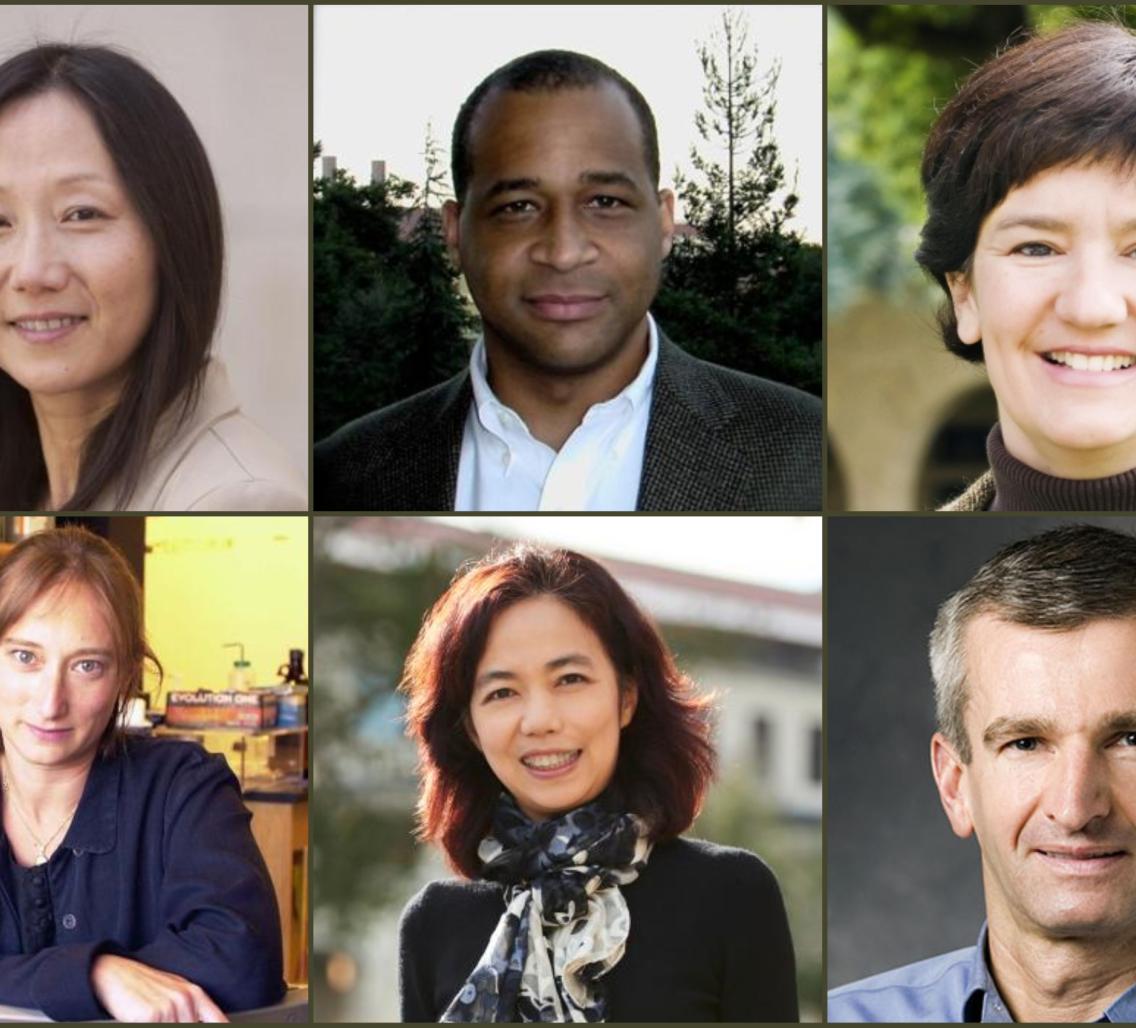Wu Tsai Neuro Faculty Elected to National Academy of Science, American Academy of Arts and Sciences

Wu Tsai Neurosciences Institute members recently received top honors from two of America’s most venerable scientific academies.
On April 22, four faculty affiliates of the Institute were elected to the American Academy of Arts and Sciences, an institution founded during the American Revolution and dedicated to advancing interdisciplinary, nonpartisan research that provides pragmatic solutions for complex challenges.
On April 26, three faculty affiliates of the Institute were elected to the National Academy of Sciences, which was created in 1863 by Abraham Lincoln to advise the nation on issues related to science and technology.
The interdisciplinary group of Wu Tsai Neuro faculty members account for nearly half of the 15 Stanford faculty elected this year to these two prestigious national institutions and hail from departments across the Stanford schools of Engineering, Humanities and Sciences, and Medicine.
Faculty Members Newly Inducted into the American Academy of Arts and Sciences
Zhenan Bao, K.K. Lee Professor and chair of the Department of Chemical Engineering in the Stanford School of Engineering, and Senior Fellow at the Precourt Institute for Energy
Research areas in the Bao group include synthesis of functional organic and polymer materials, organic electronic device design and fabrication and applications development for organic electronics.
Axel Brunger, professor of molecular and cellular physiology and of neurology in the Stanford School of Medicine
Brunger’s research focuses on studying the molecular mechanisms of neurotransmitter release and how these mechanisms relate to physiological function.
Fei-Fei Li, the Sequoia Capital Professor in the Department of Computer Science in the Stanford School of Humanities and Sciences and co-director of the Stanford Institute For Human-Centered Artificial Intelligence (HAI)
Li's current research interests include cognitively inspired AI, machine learning, deep learning, computer vision and the intersection of AI and healthcare.
Tirin Moore professor of neurobiology in the Stanford School of Medicine
Moore studies the activity of single neurons and populations of neurons in areas of the brain that relate to visual and motor functions. His lab explores the consequences of changes in that activity and aims to develop innovative approaches to fundamental problems in systems and circuit-level neuroscience.
For more on the Stanford faculty joining the 2021 class of the American Academy of Arts and Sciences, see the story in Stanford Today.
Faculty Members Newly Inducted into the National Academy of Sciences
Judith Frydman, professor of biology and the Donald Kennedy Chair in the School of Humanities and Sciences, and professor of genetics in the Stanford School of Medicine
Frydman uses a multidisciplinary approach to address fundamental questions about protein folding and degradation, and molecular chaperones, which help facilitate protein folding. In addition, this work aims to define how impairment of cellular folding and quality control are linked to disease, including cancer and neurodegenerative diseases, and examine whether reengineering chaperone networks can provide therapeutic strategies.
Kathryn A. “Kam” Moler, Stanford vice provost and dean of research, and the Marvin Chodorow Professor and professor of applied physics and of physics in the School of Humanities and Sciences
Moler’s research involves developing new tools to measure magnetic properties of quantum materials and devices on micron length-scales. These tools can then be used to investigate fundamental materials physics, superconducting devices and exotic Josephson effects – a phenomenon in superconductors that shows promise for quantum computing.
Tirin Moore, professor of neurobiology in the Stanford School of Medicine
Moore studies the activity of single neurons and populations of neurons in areas of the brain that relate to visual and motor functions. His lab explores the consequences of changes in that activity and aims to develop innovative approaches to fundamental problems in systems and circuit-level neuroscience.
For more on the Stanford faculty entering the 2021 class of the National Academy of Sciences, see the story by Stanford Today.